During our writing lesson, we’ve been discussing the importance of proofreading our writing. Before completing our plot point, we swapped books and provided some praises and wonders to help our partners move their learning forward.
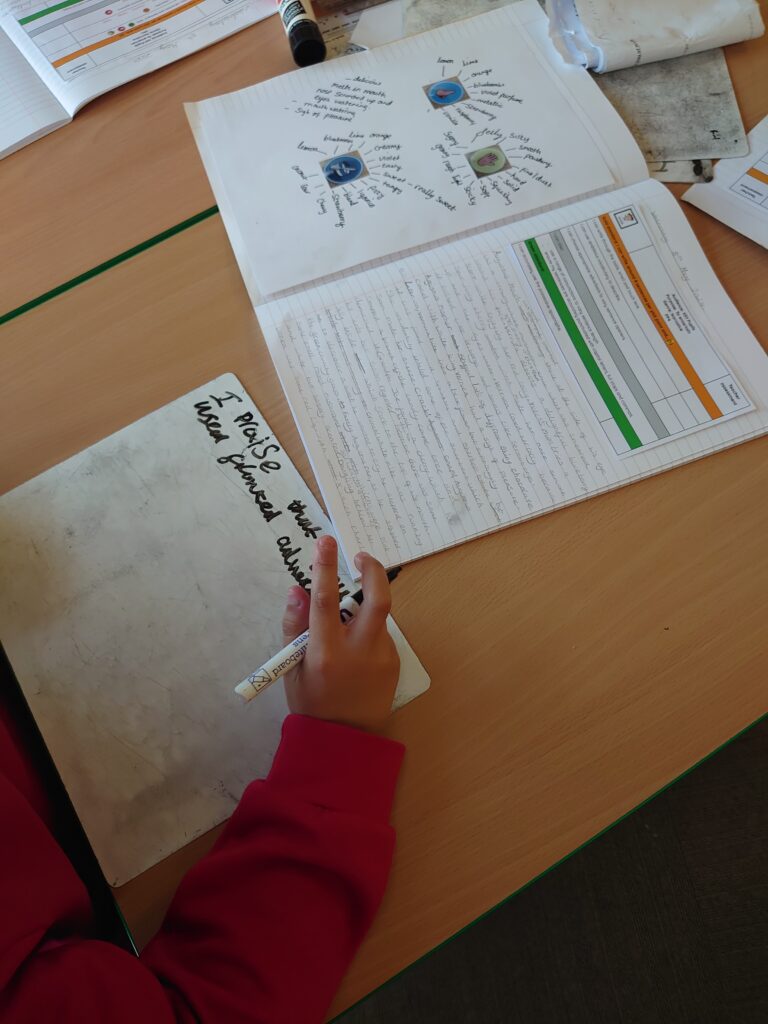
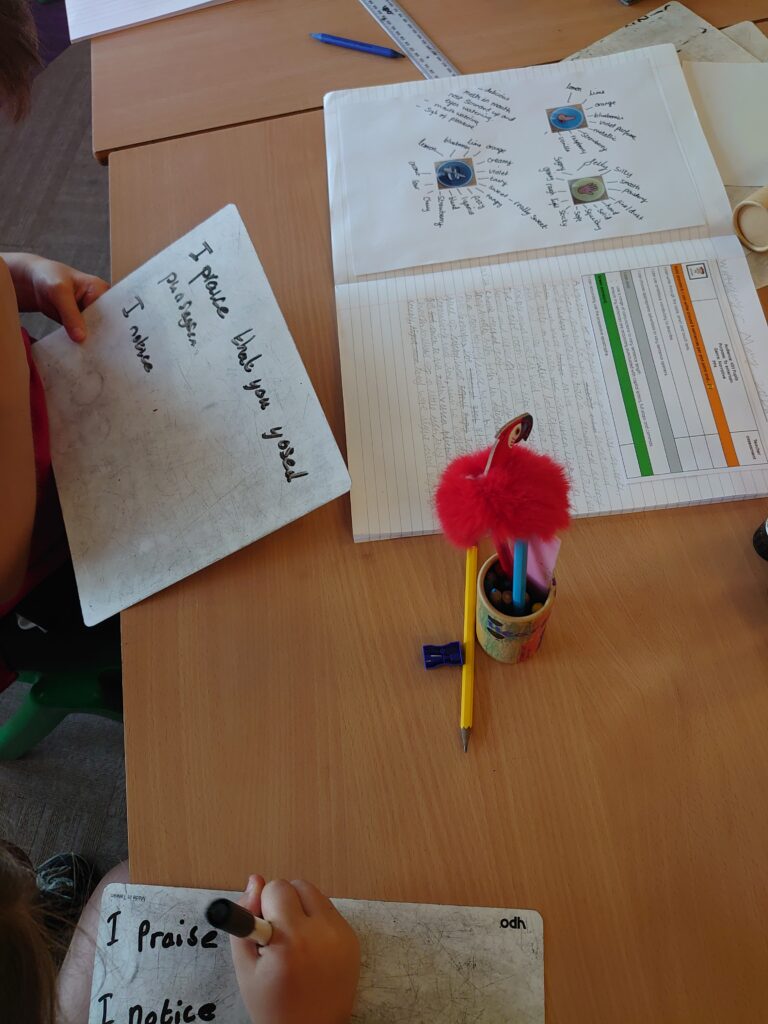
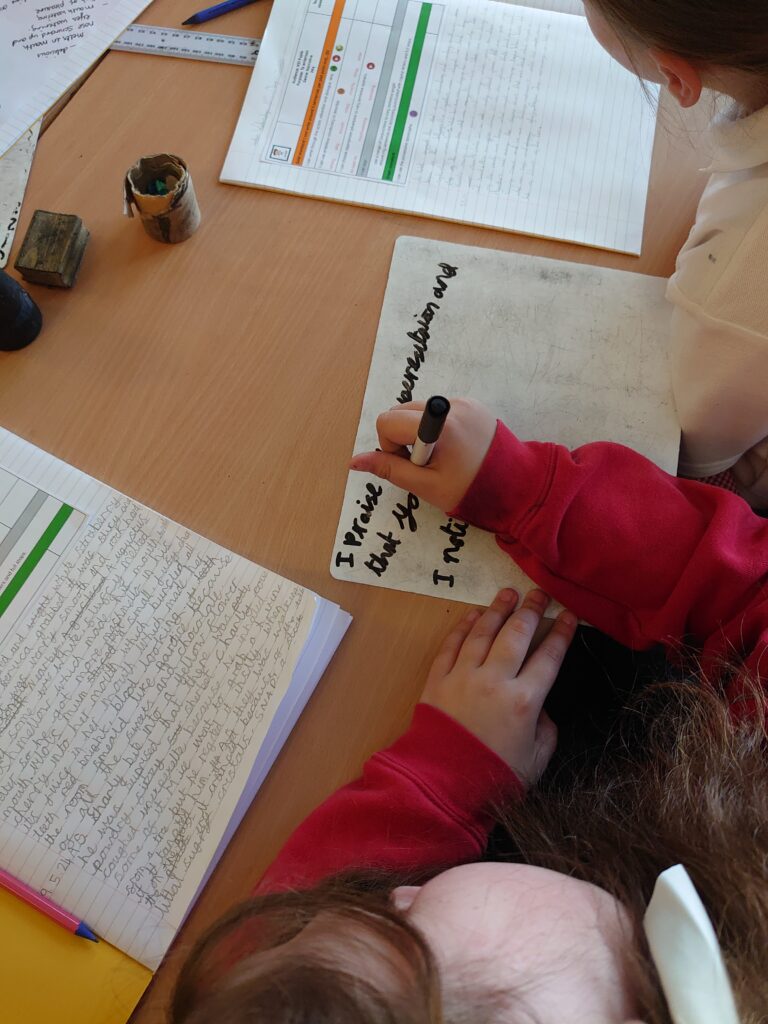
During our writing lesson, we’ve been discussing the importance of proofreading our writing. Before completing our plot point, we swapped books and provided some praises and wonders to help our partners move their learning forward.



In our book talk lesson, we have been focusing on gaps from our previous assessments. As part of this, we’ve been using different formats so that we are familiar with different ways questions can be presented to us. We worked together as partners to come up with predictions but ensuring we linked this back to what we already know.
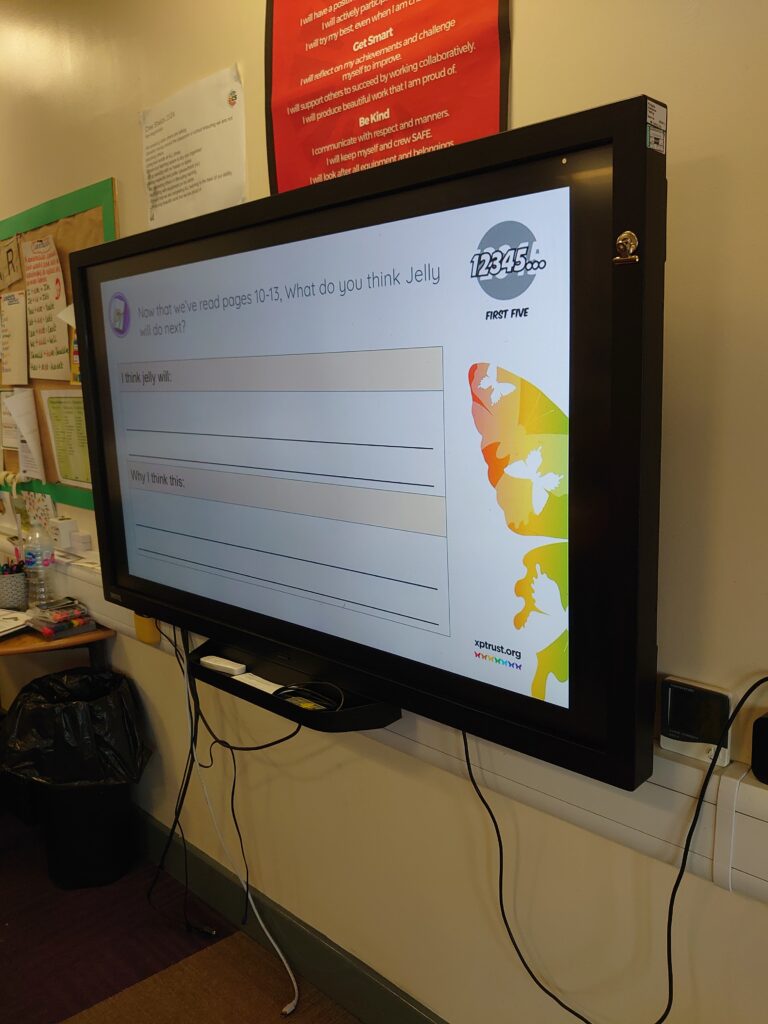

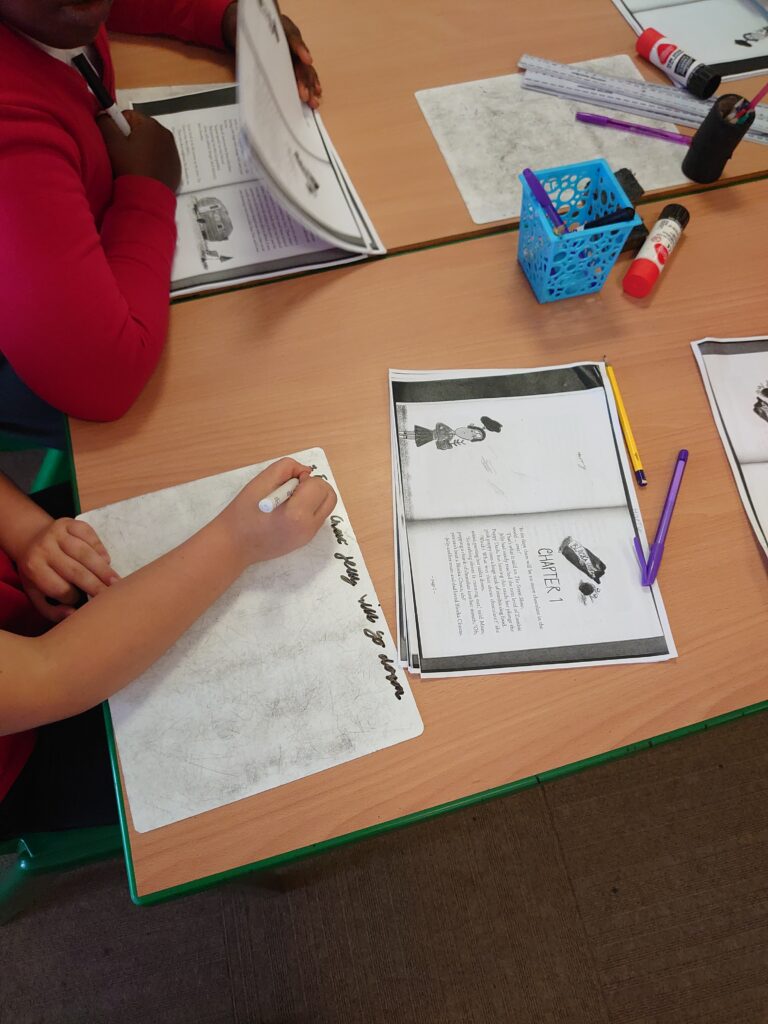
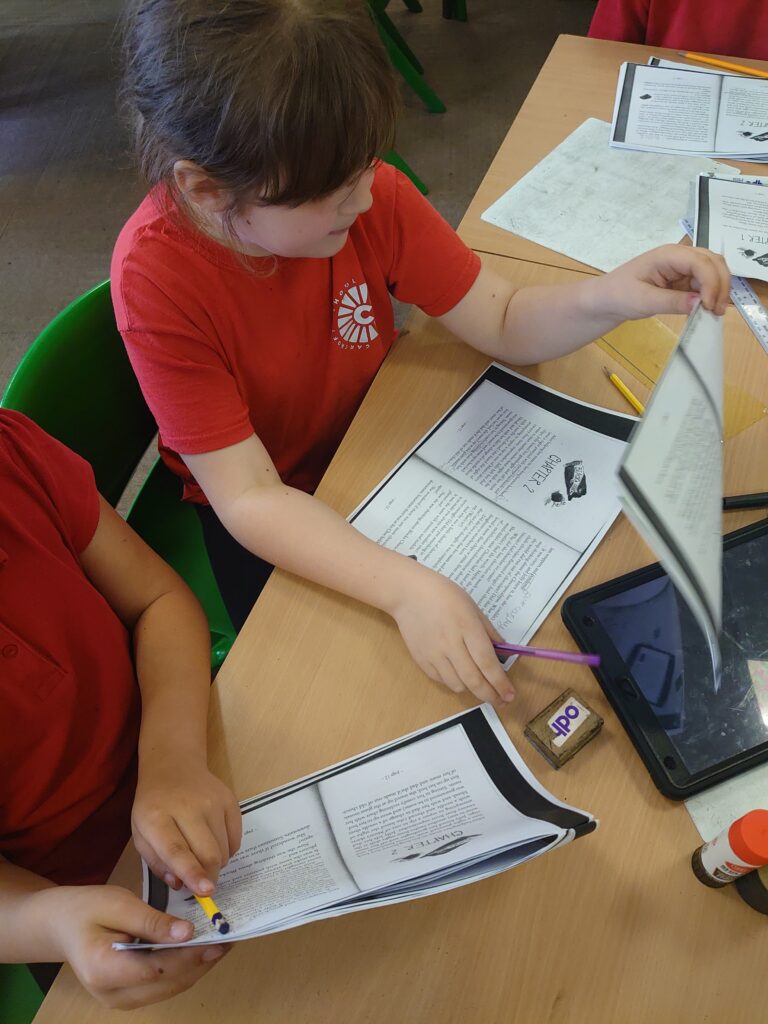
In history, we have been learning about where the cacao bean comes from and how it’s grown. We used QR codes to access some reading materials providing lots of information. We then had to use our skimming and scanning skills to help us locate the relevant information to answer questions.
We the looks at the differences between how the Maya processes cacao beans and how they’re processed now to keep up with the demand.

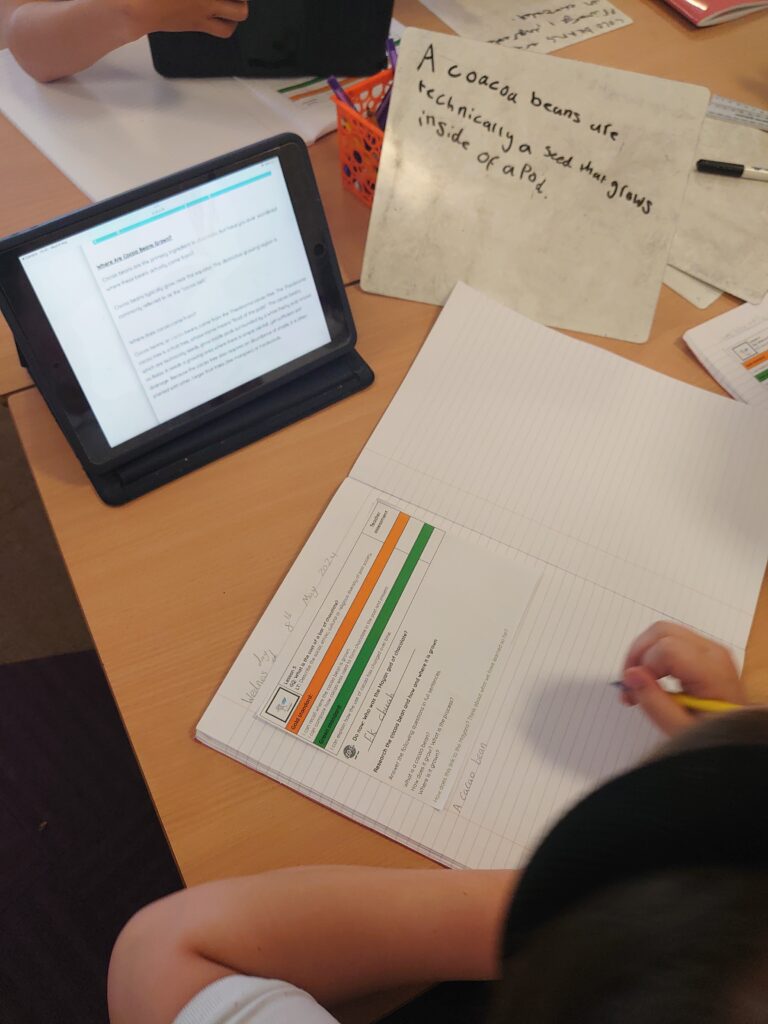
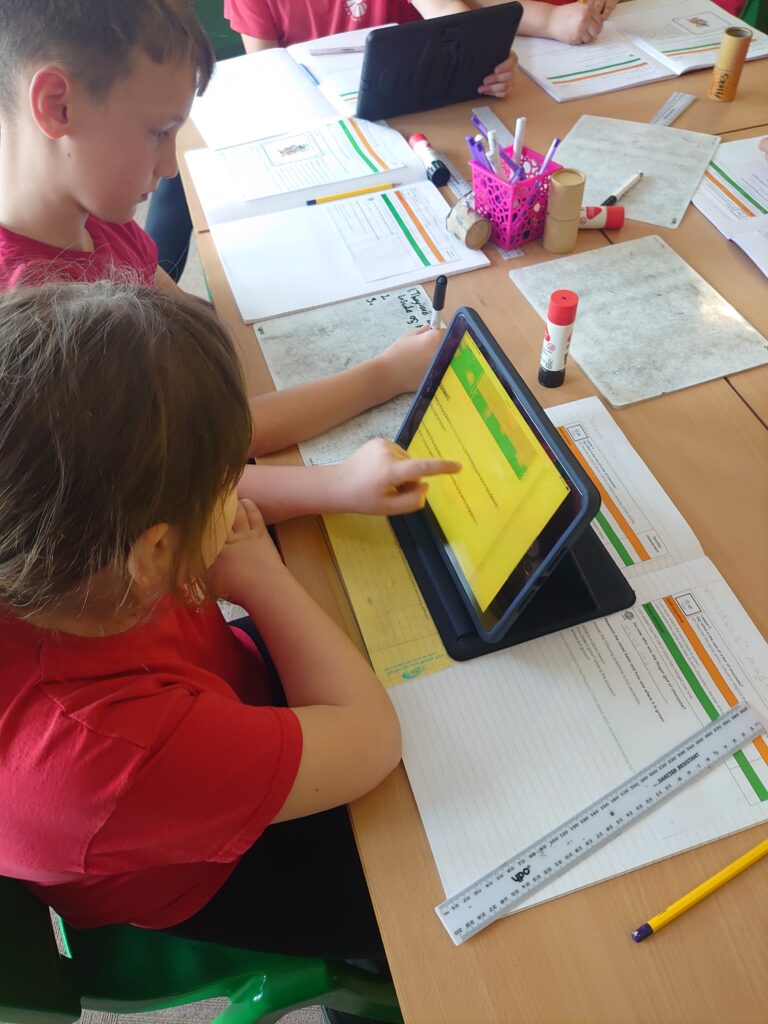
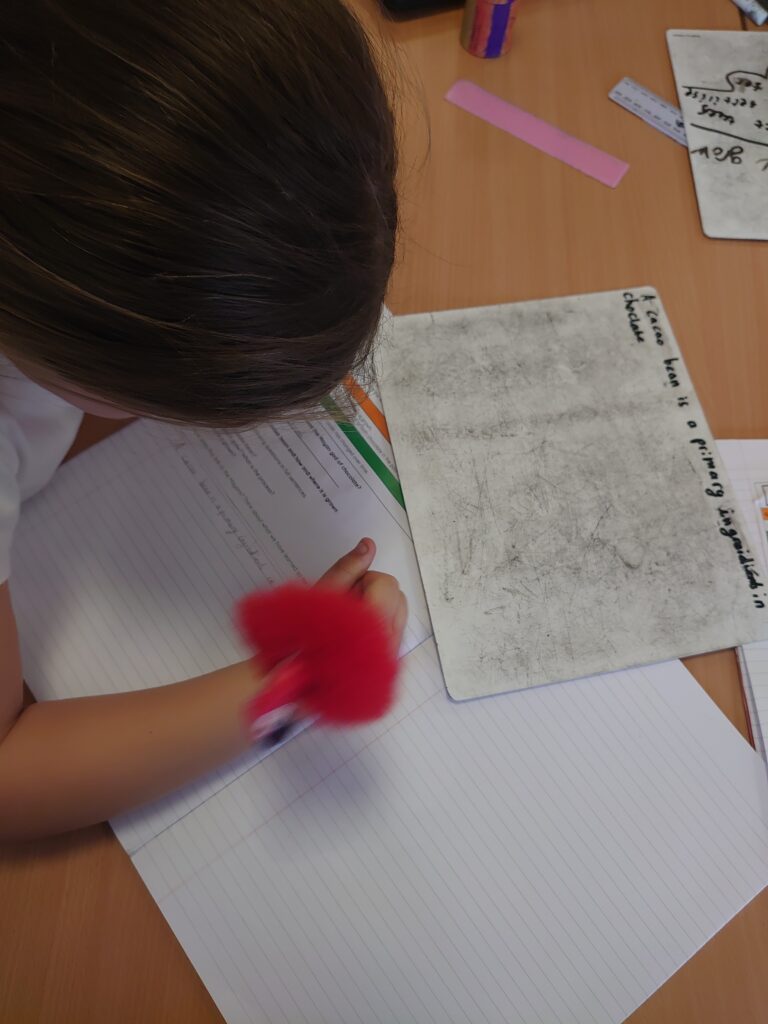
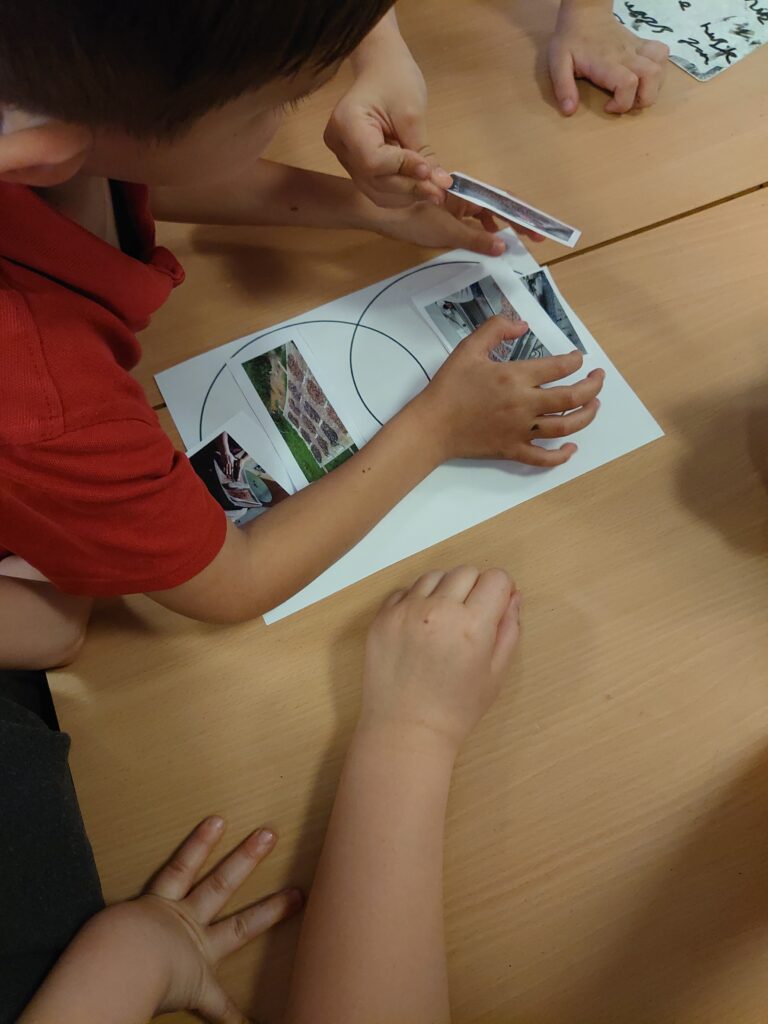
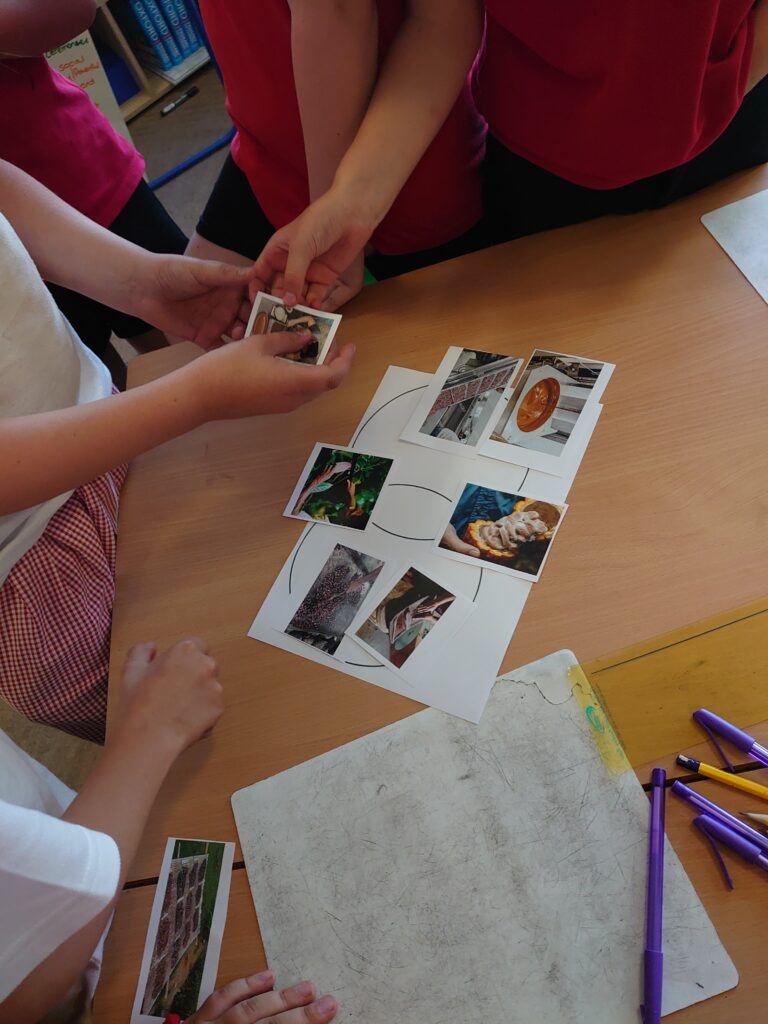
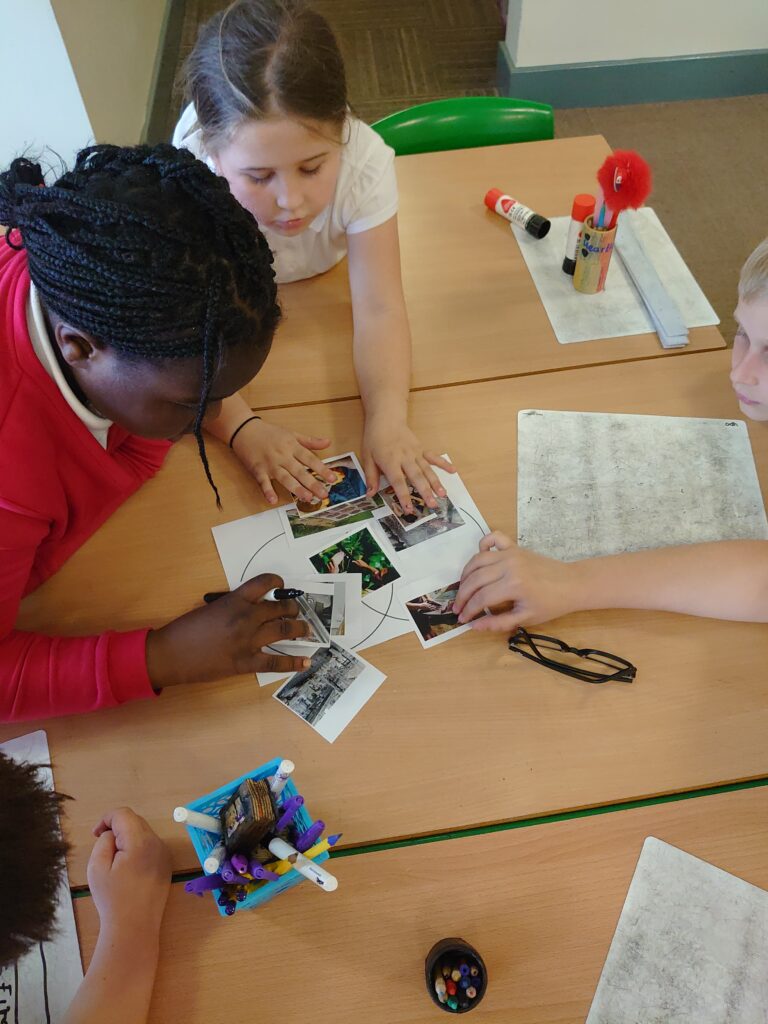

We have really enjoyed our RE lesson today as we were able to have some great discussions and challenge our own views.
We looked at a range of Christian prayers and discussed what we thought they meant. We learned that Christians don’t have any set practices for when they pray and compared this to Islam prayers.
As a crew we discussed our beliefs about God and how important it is to follow our beliefs and respect the beliefs of others.
During discussions, it became that some children were unfamiliar with well known bible stories so we have decided we will end some lessons with a bible story to further develop our knowledge.
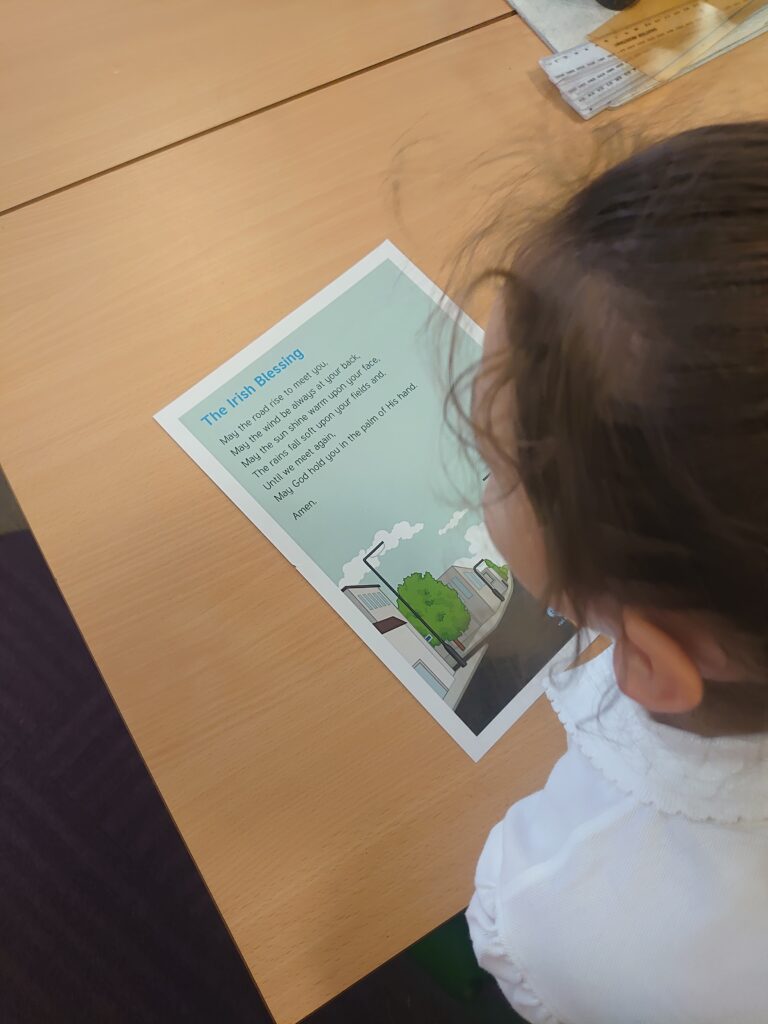
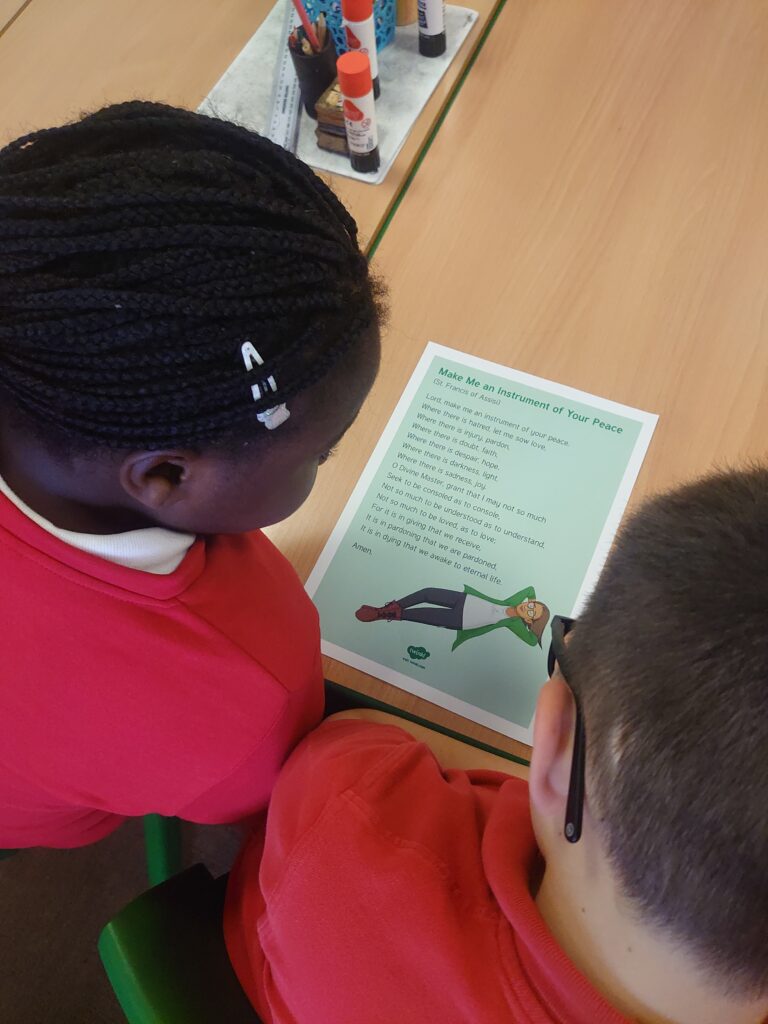


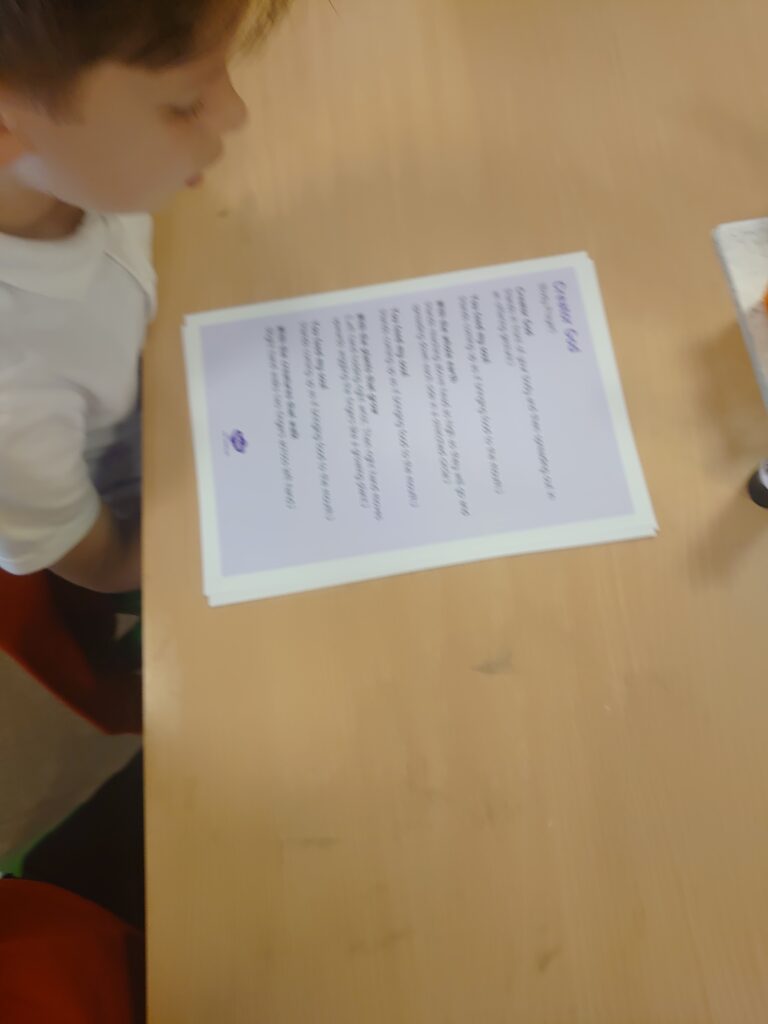
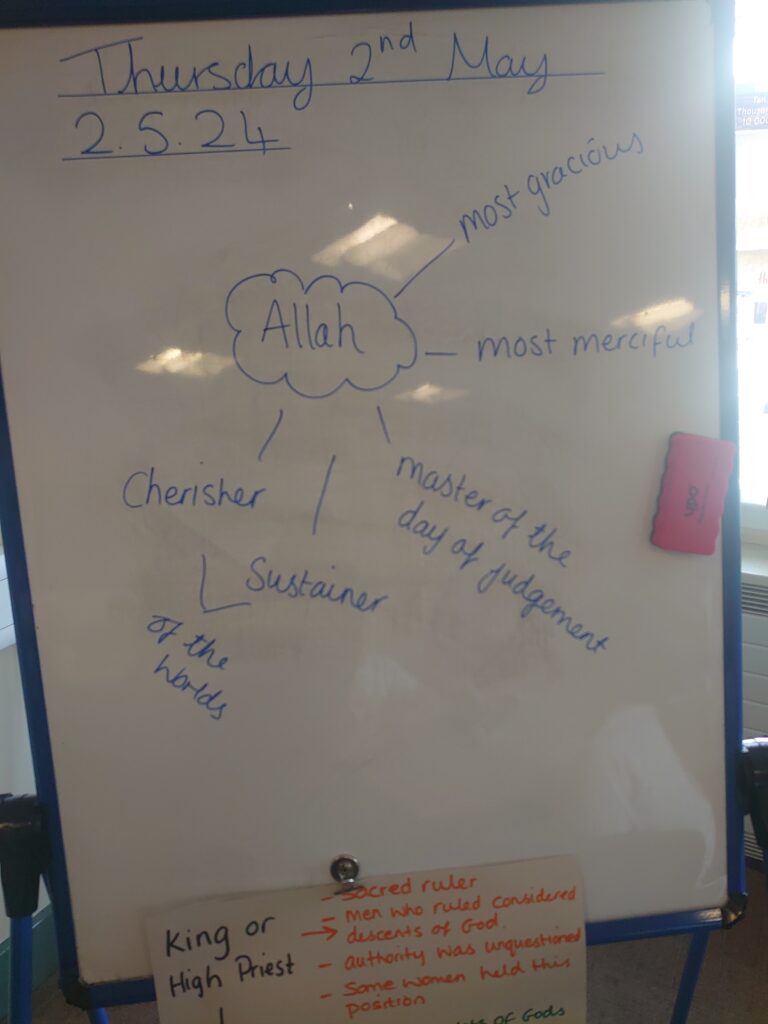
In Re, we learned about the prayer practice of Islam. These are Wudu, facing Makkah, preparing the mind, praying solo or with others and finally recording set words. We discussed each practice and why this was important for prayer. It was great to see the children asking questions to help their understanding. We used the Islamic prayer to highlight words that described Allah. We linked this to our British Values and how we should show respect and tolerance to others with different religious beliefs to our own.
In our demo comp, we have been discussing the expectations when answering an inference question. This is a huge area for development for us this half term and we are starting to get the hang of answering these questions and ensuring we provide enough detail to answer the question.
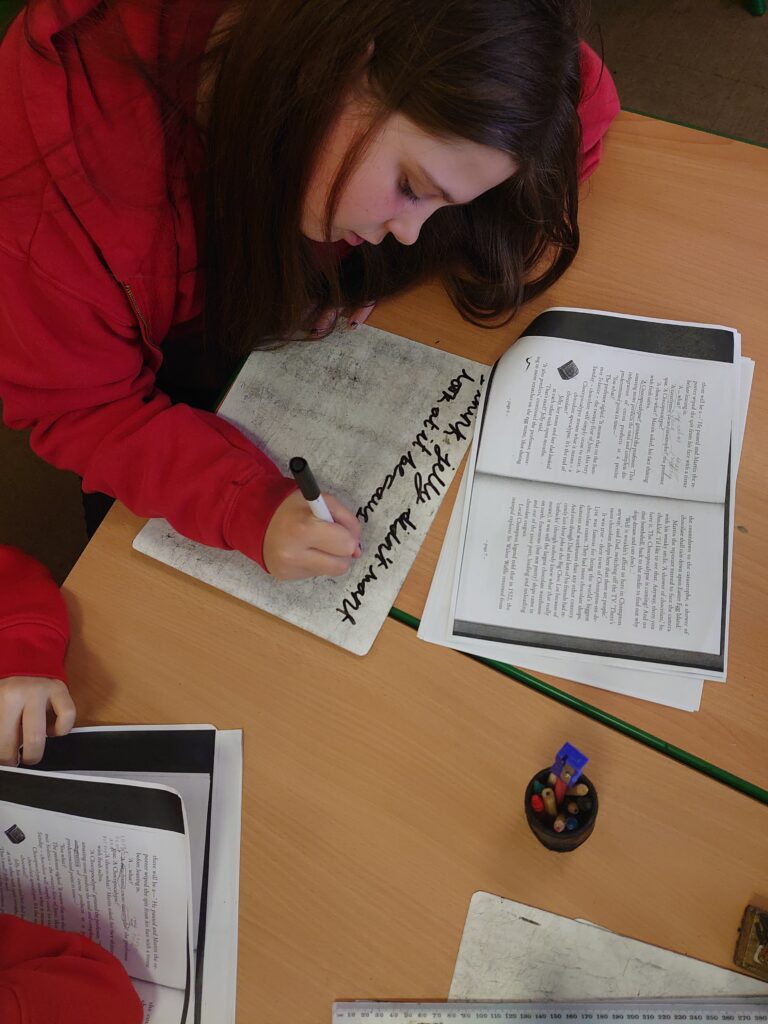
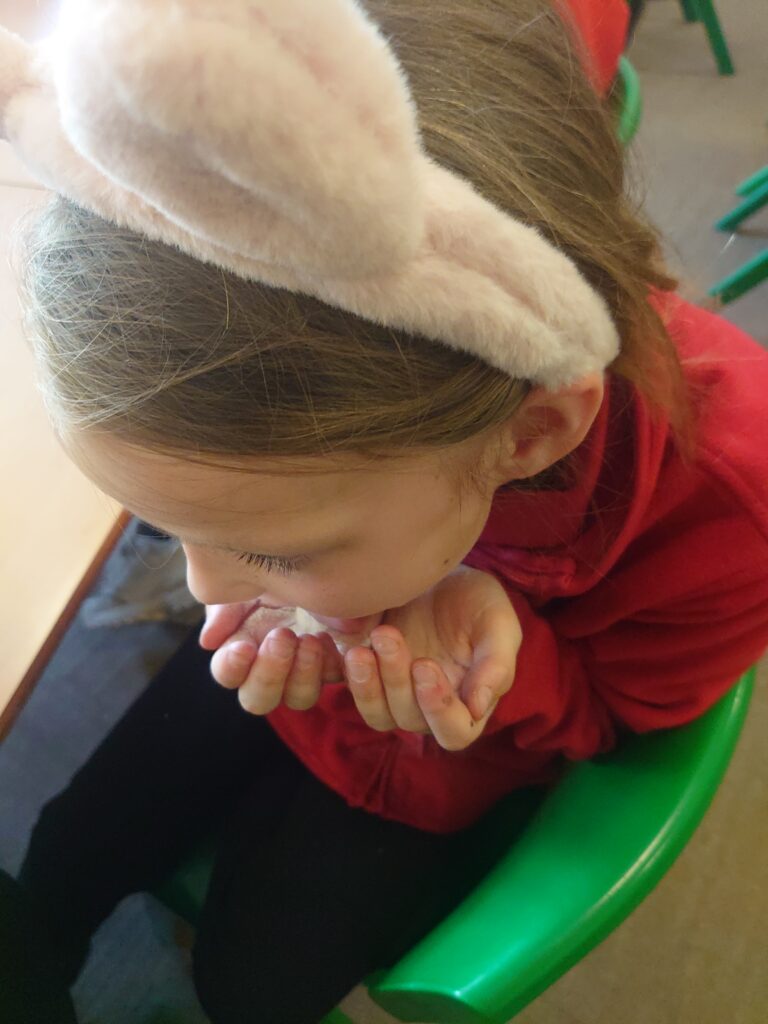
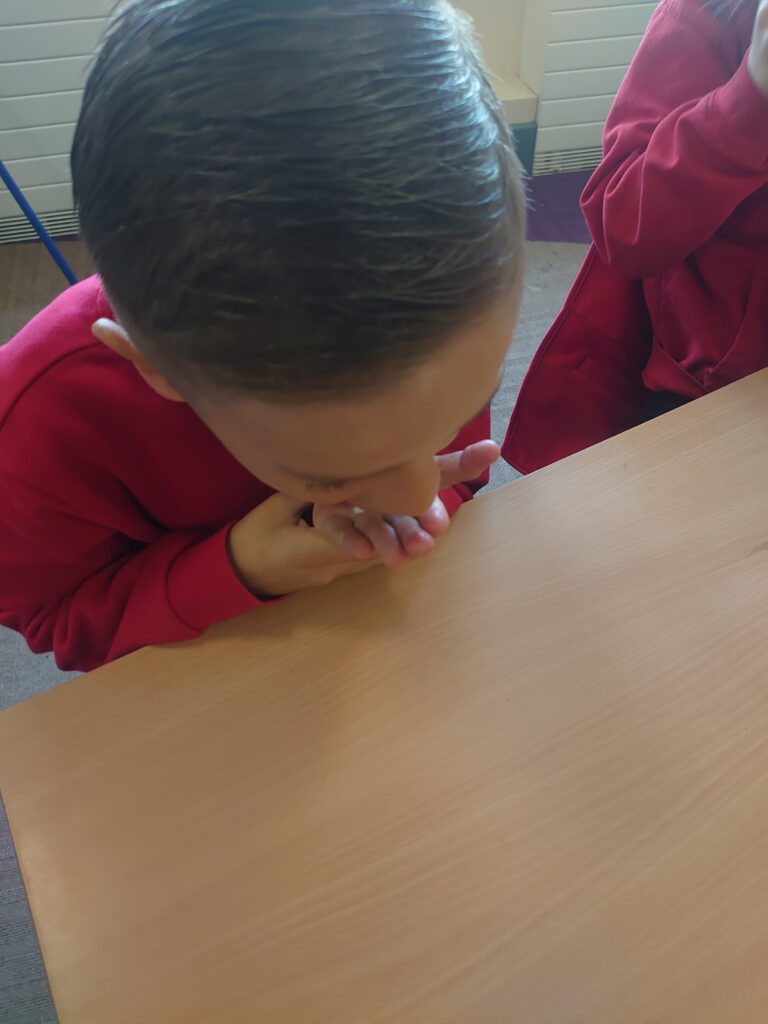
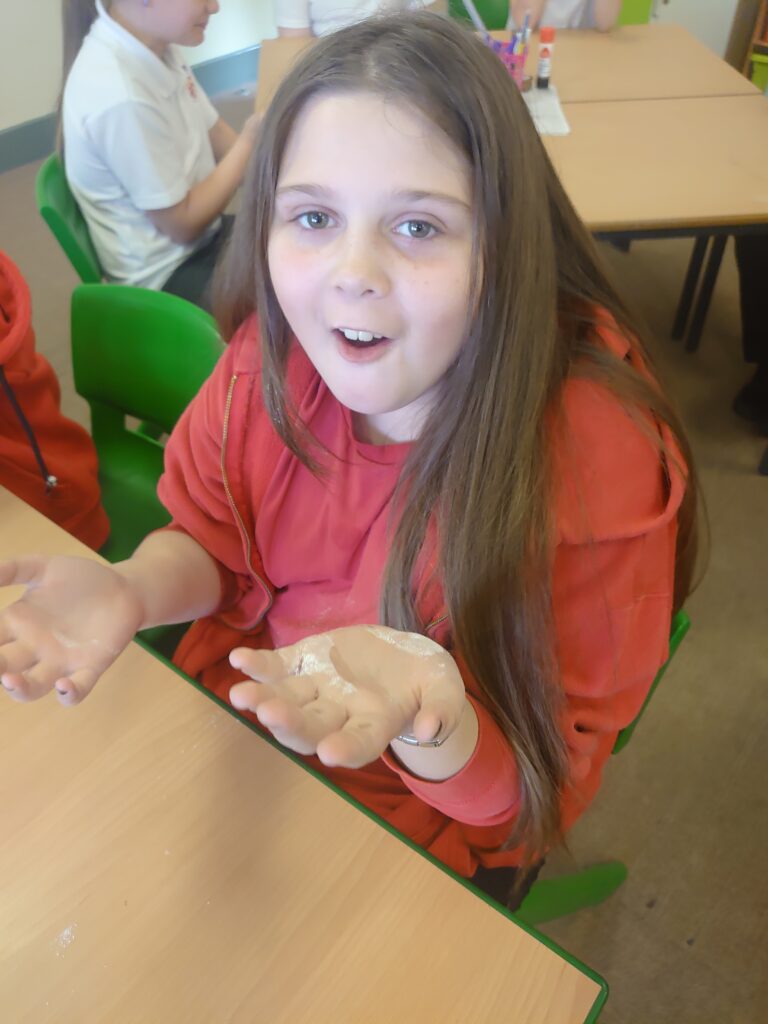
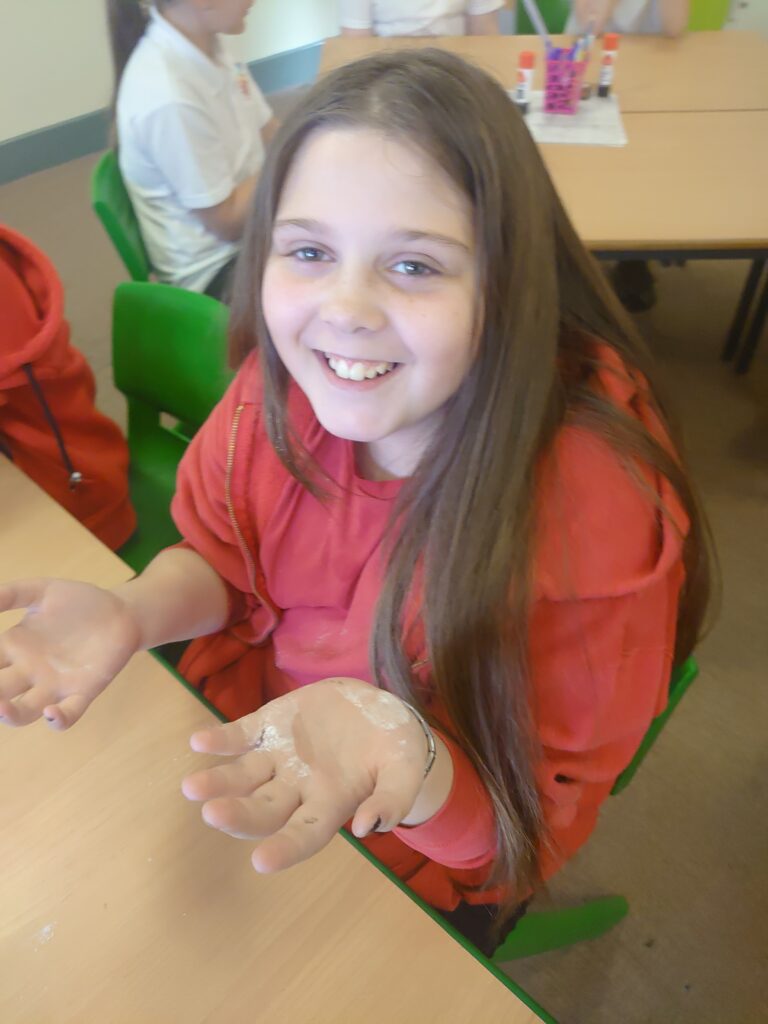
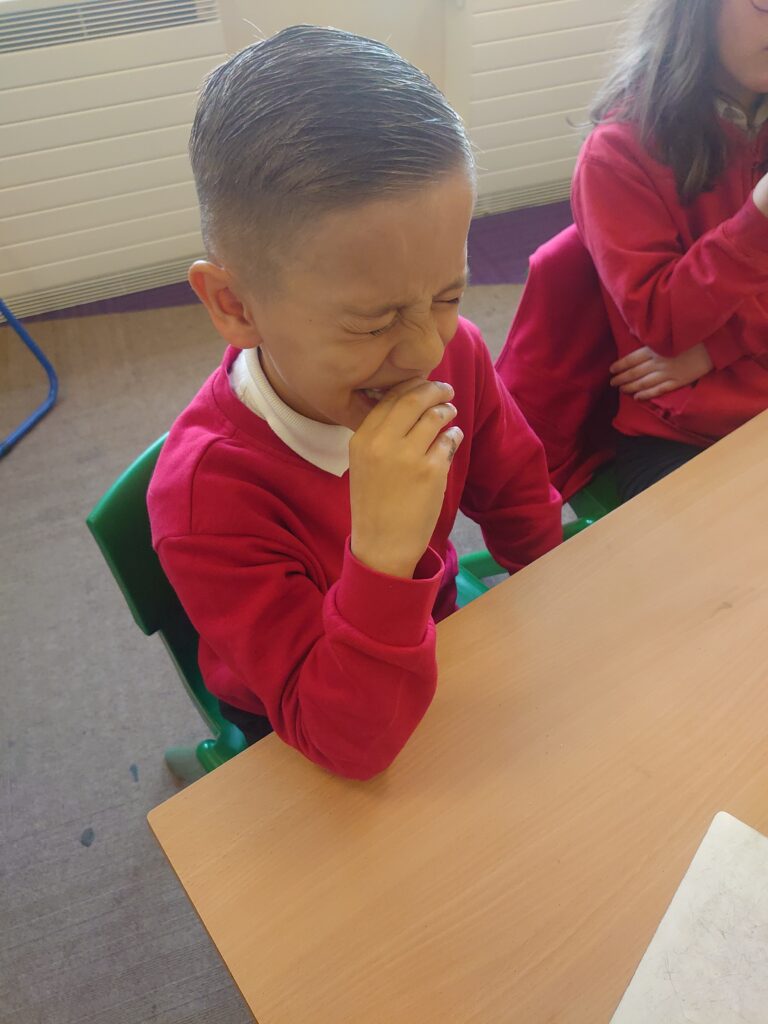
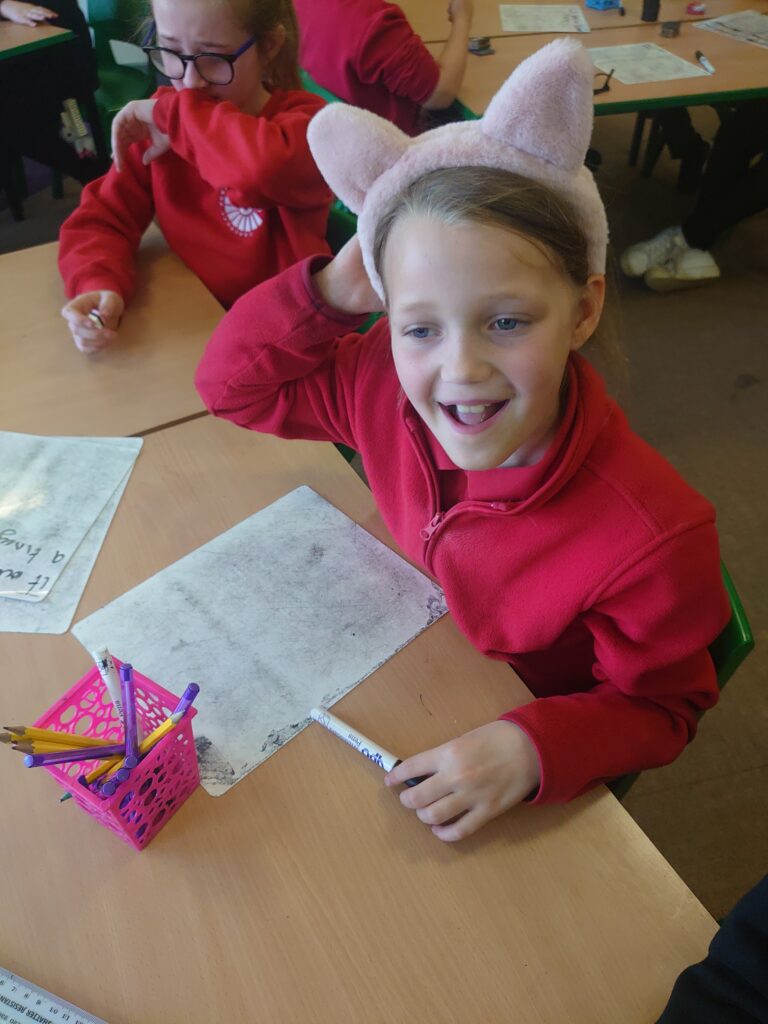
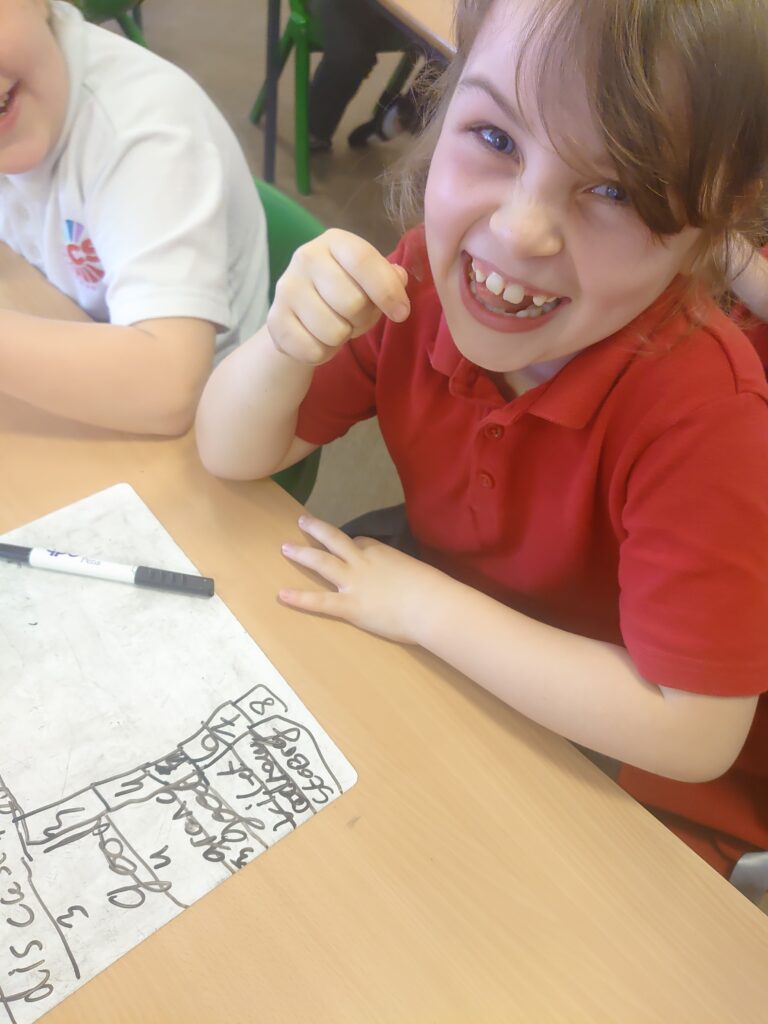
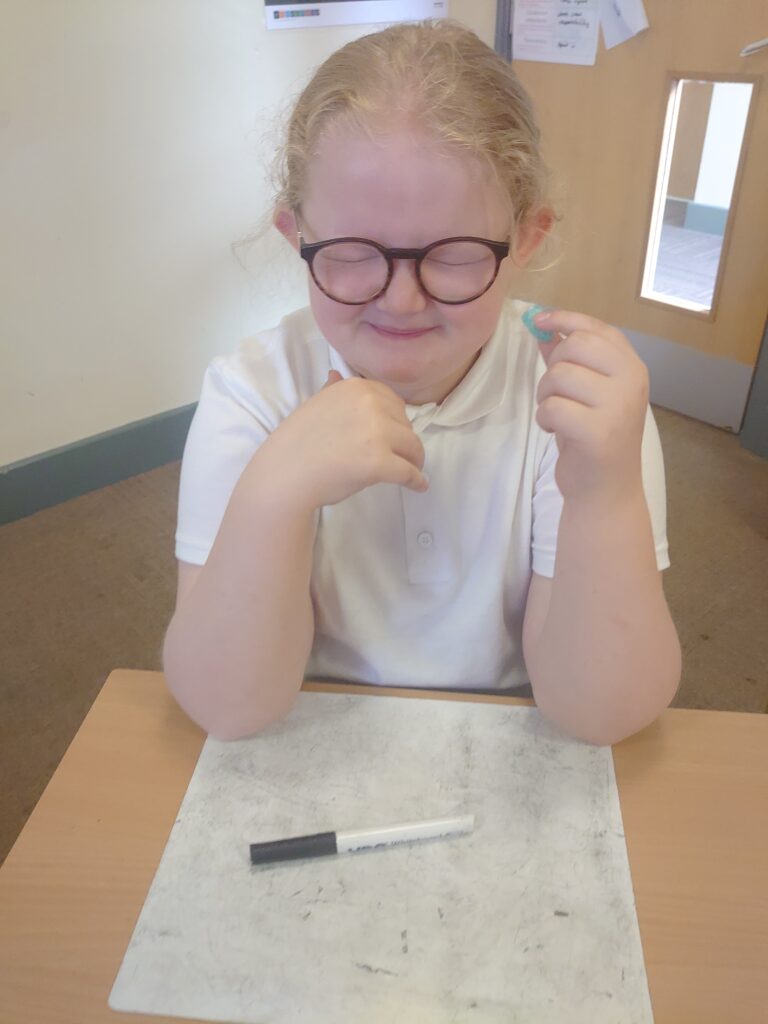
In preparation for our next plot point, we were delighted to spend a lesson tasting different types of sweets. These sweets would trigger different taste buds on our tongue and allow us to create a bank of vocabulary that will support our writing. Lots of funny faces pulled especially with the sour and fizzy sweets.
As with our society, the Mayans had a hierarchy that consisted of The King or High Priest followed by the council (priesthood). Next there were the nobles who were the wealthiest and most powerful. This was followed by the merchants and Artisans who were known as commoners but they didn’t have as hard a life and had better jobs. Finally there were the commoners who were the lowest class and had no rights. They were also referred to as slaves.
We compared this with the hierarchy that we have in the country, our homes and even in school.
As with our previous lesson, we were able to do some additional reading because we had to get our information to help us understand each social class.
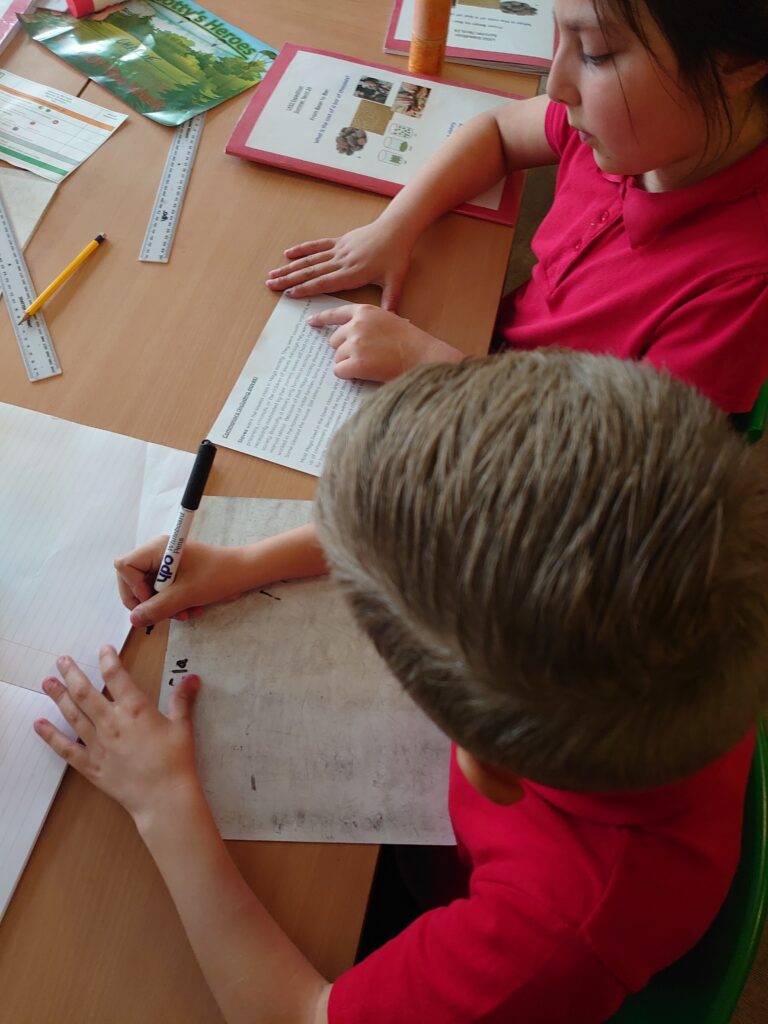
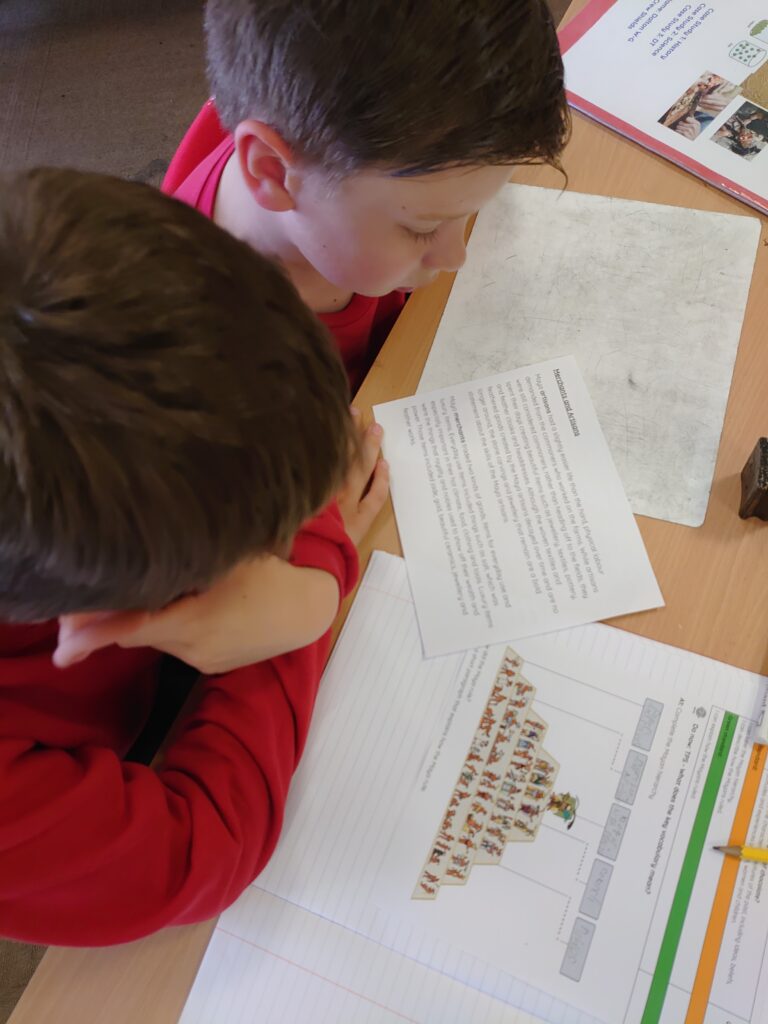

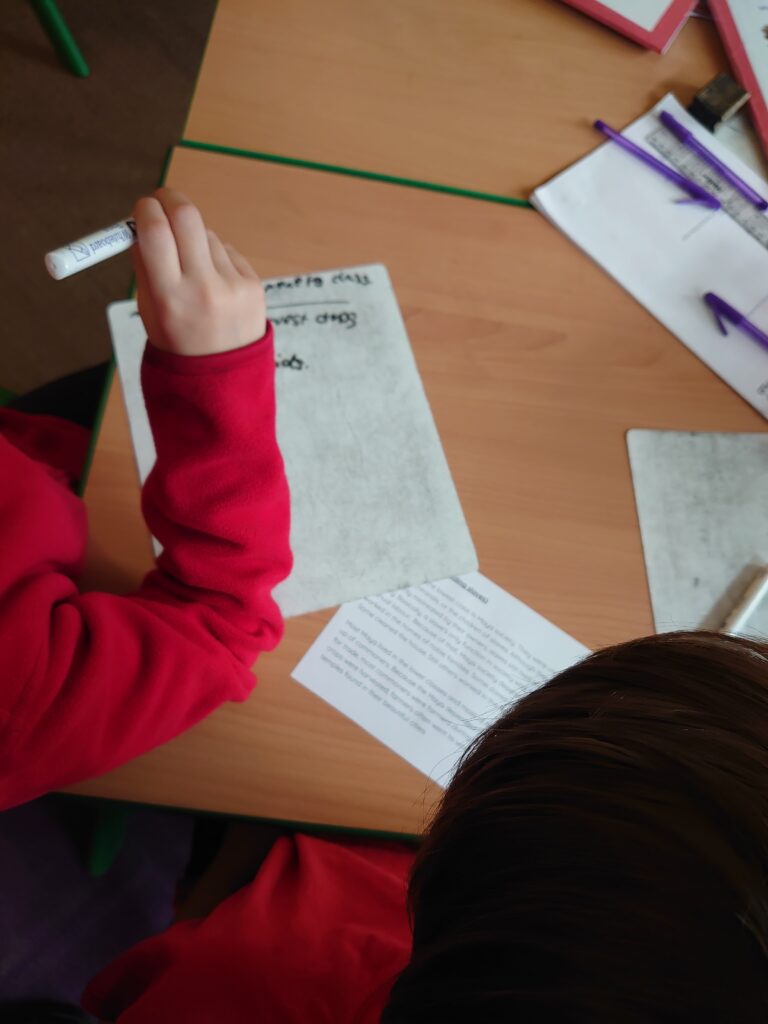
This week we have been exploring the Mayans and learning about what they were known for. This was a perfect opportunity to do some additional reading as we had lots of information to read so we could highlight the key information.
Once we had collected our information, we started to create posters that shared these facts.
We were surprised to learn that the Mayans had an 18 month calendar and they had various gods who were responsible for a range of things such as war, sun and rain.
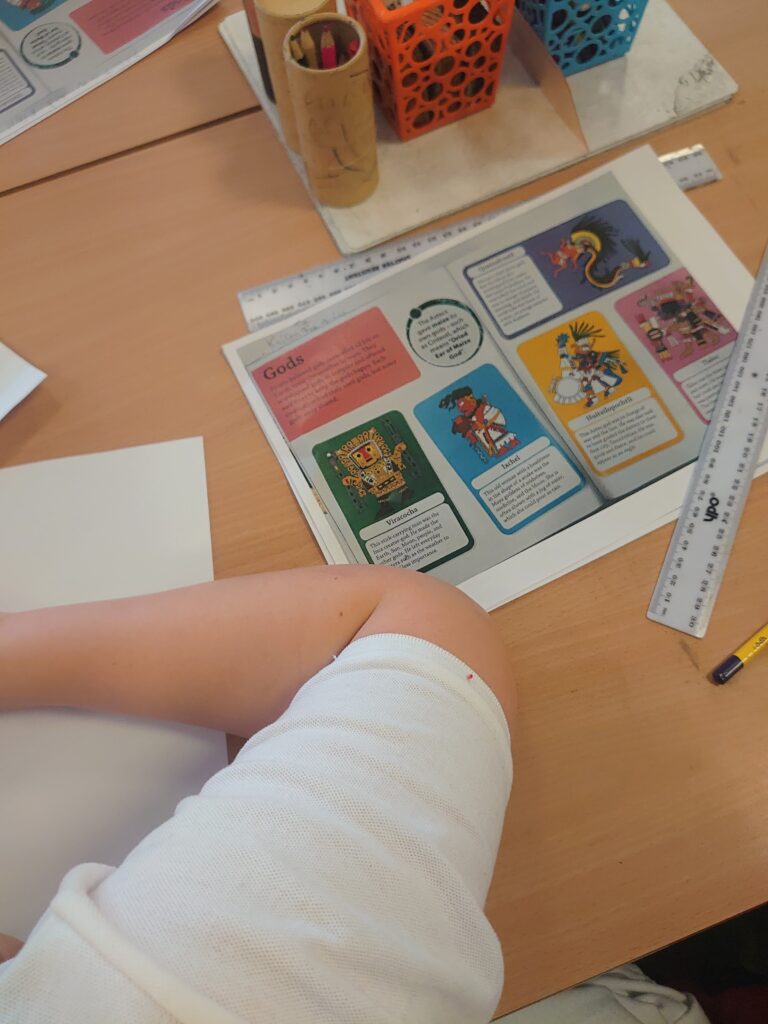
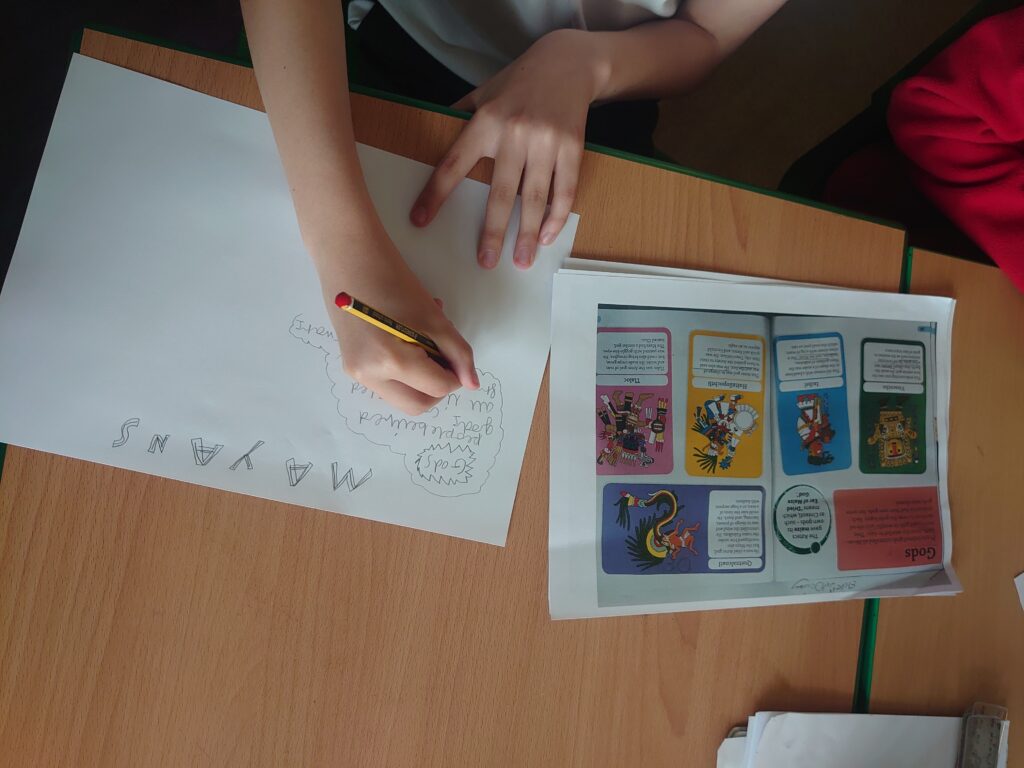
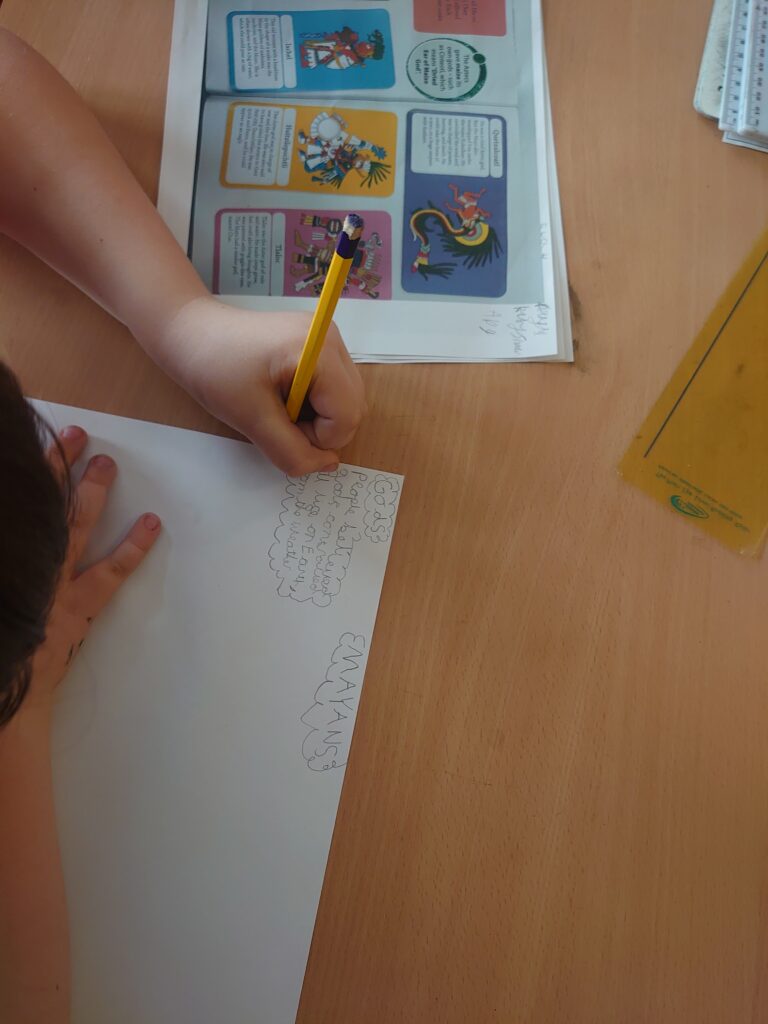

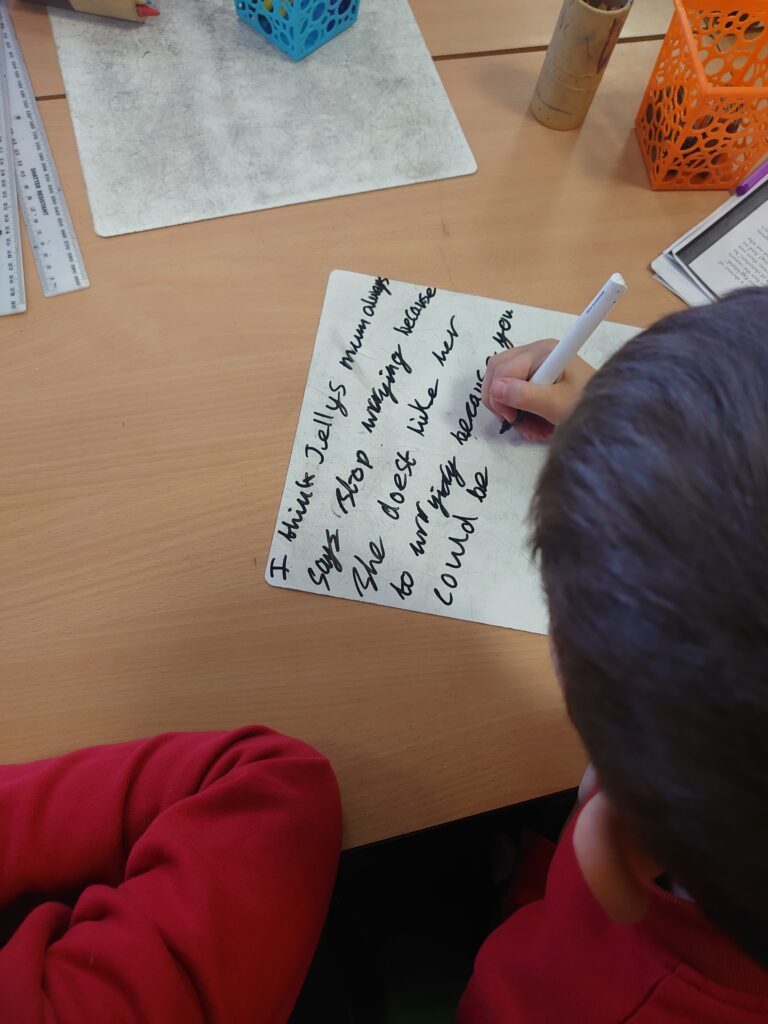
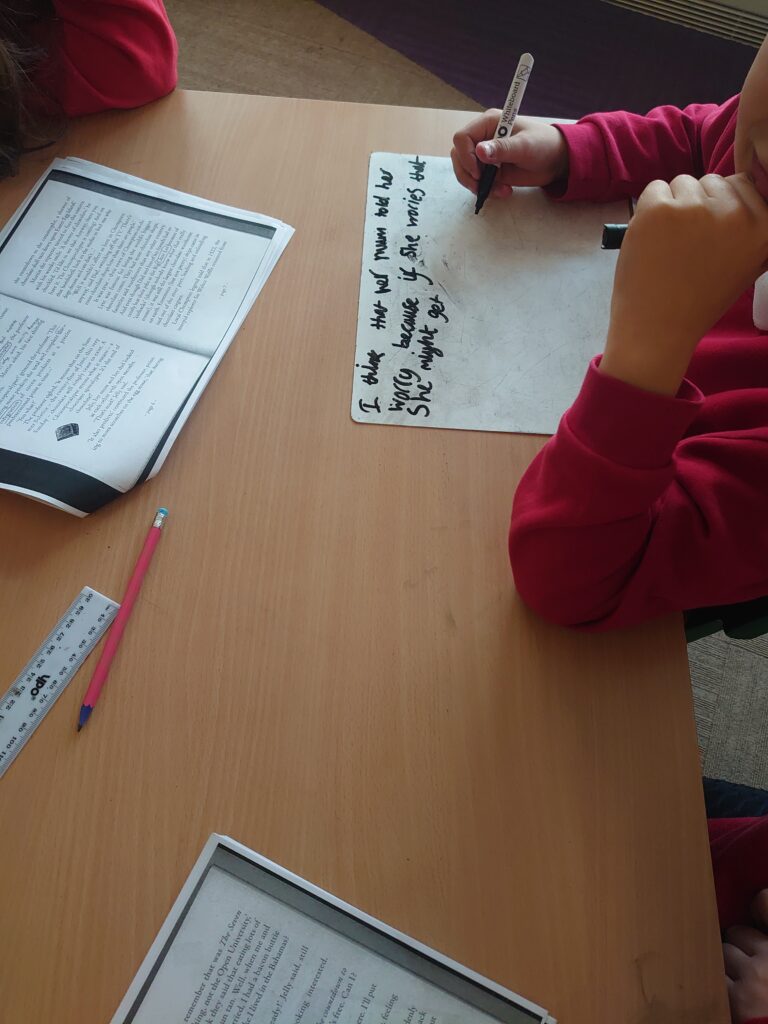
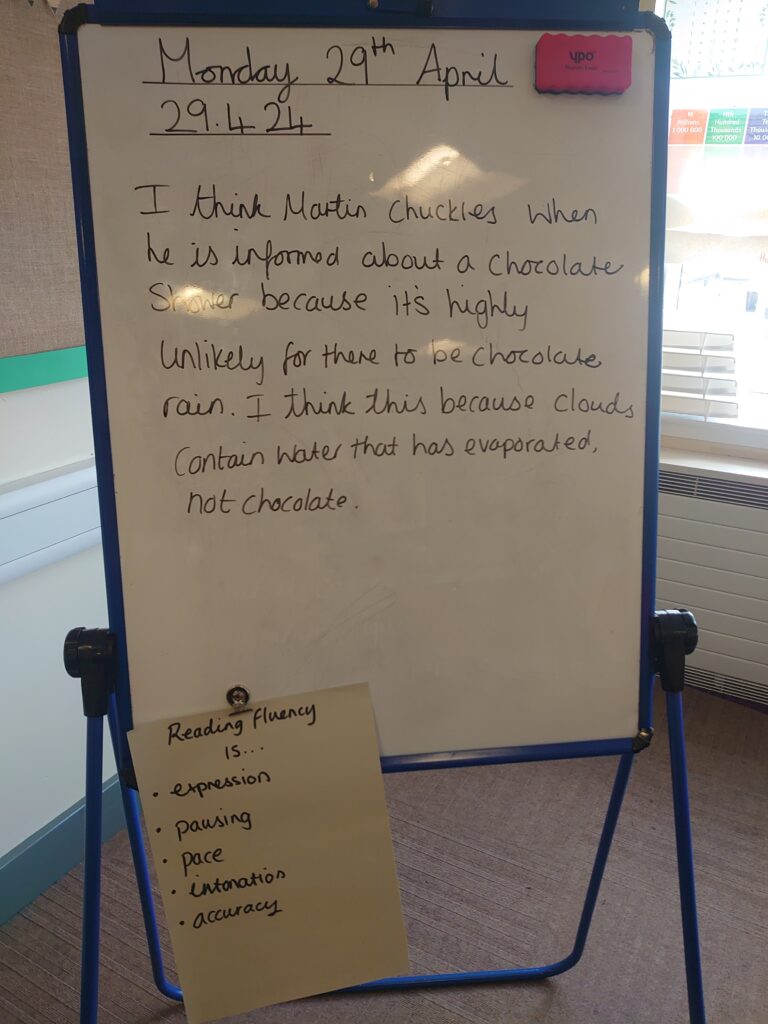
In our book talk session, we’ve been focusing heavily on how to answer inference questions and thinking about the skills we’ll be using to help us do this. As part of the lesson, we have are able to see a guided question and see the model of what an answer should look like before working alongside our peers to answer a different question.
In addition, we have been focusing on our fluency and the importance how being fluent helps us to understand the text and therefore answer the questions. We have been working on our pausing, pace and accuracy which is something we’ll continue with in th coming weeks.